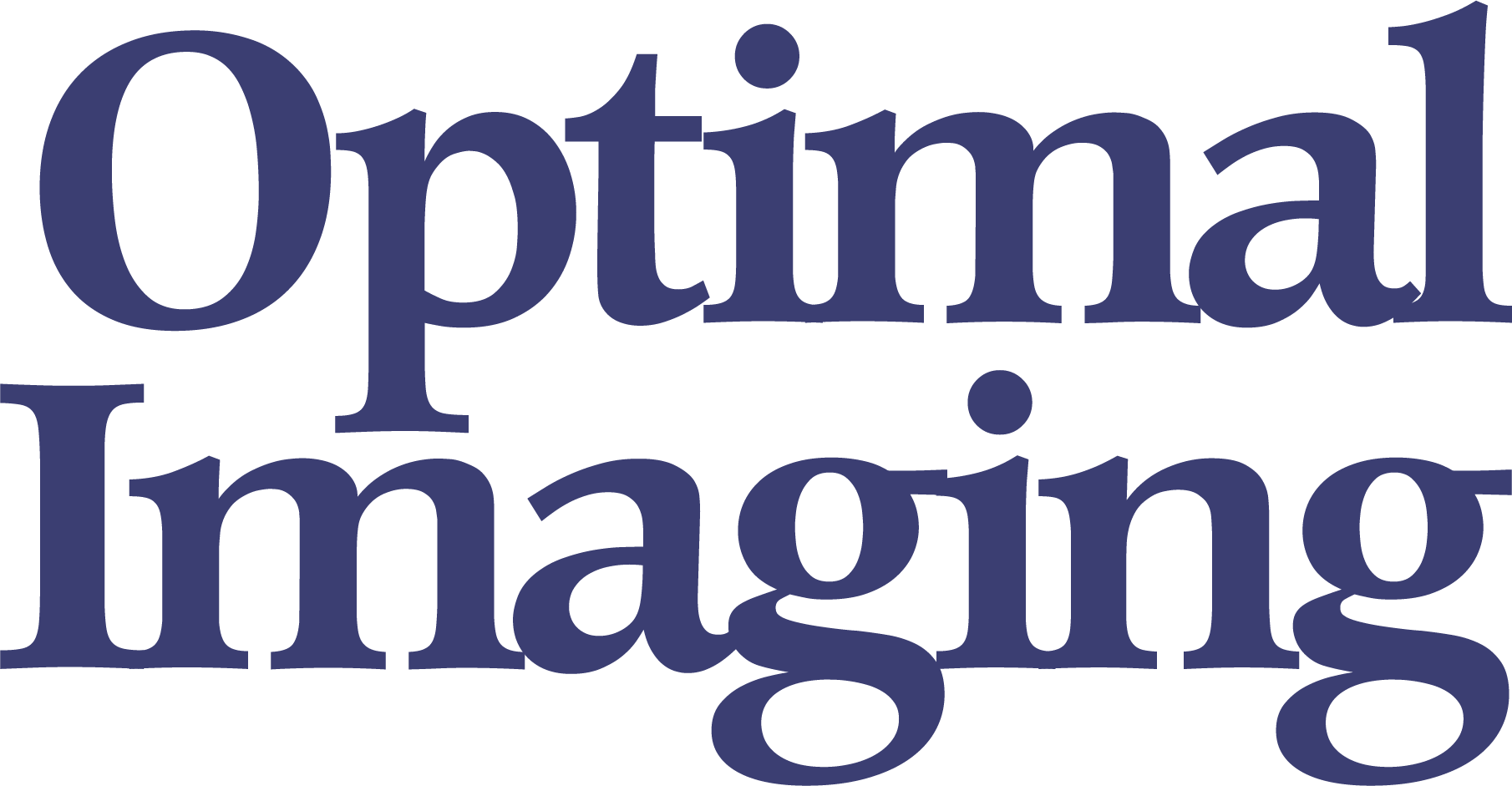Mammography examines the breast using x-rays. Mammography is considered the most effective tool for early breast tumor detection. Mammography plays a central part in early detection of breast cancers because it can show changes in the breast before a patient or physician can feel them. Most medical experts agree that successful treatment of breast cancer depends on early diagnosis.










